
Starting June 1st, 2023 Our warehouse fee will be $0.65/cubic foot per month
In effort to lower the warehouse storage fee during inflation, we have went narrow aisle racking.This construction took us four months but the project is finally completed. With narrow aisle racking, we are able to drop storage by 24%.We as partners will go through this inflation together.
06/11/2024
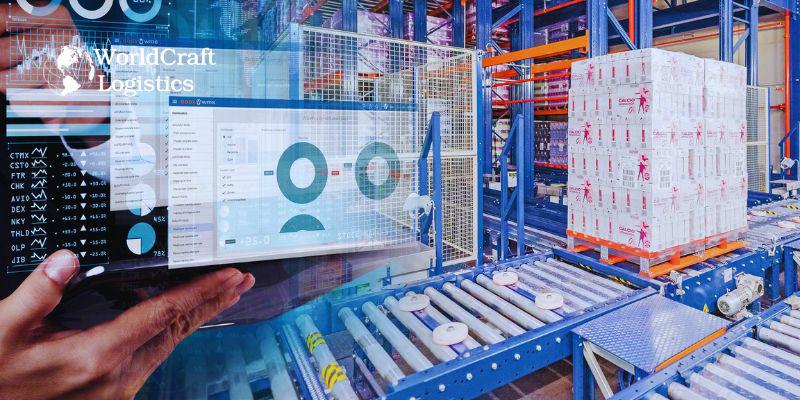
Imagine this scenario: It's the eve of the winter festivities, and you're managing your inventory. You place the usual order, adhering to your standard restocking procedure. However, as soon as the holiday season arrives, your products fly off the shelves at an unprecedented rate.
Fast forward to the following year, approximately the same timeframe. Anticipating another bustling season, you're determined not to face inventory shortages again. Reviewing past sales records and backorders from the previous season, you utilize this data to project your inventory requirements. Consequently, you decide to double your typical stock order, ensuring a seamless holiday period.
This narrative encapsulates the essence of demand forecasting. By employing data-driven insights to anticipate sales, customer demand, and order volumes, ecommerce enterprises optimize their operations, enhance customer satisfaction, and streamline their supply chains.
In this piece, we'll delve into the fundamentals of demand forecasting, examining the variables that influence demand, strategies for precise forecasting, and the role of industry experts such as WorldCraft Logistics in this domain.
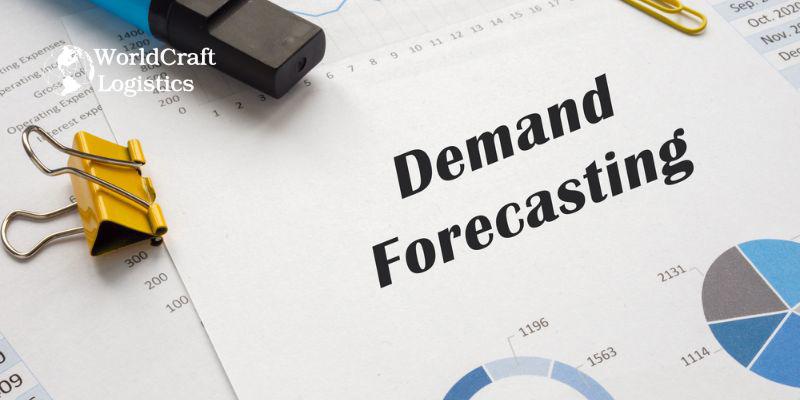
Demand forecasting involves predicting future demand for a product. This process entails estimating the expected sales volume within a specific timeframe. Sales serve as the primary metric, guiding projections of the quantity of units likely to be sold.
Accurate demand forecasting ensures sufficient inventory to meet customer orders without excessive stock or costly stockouts. It optimizes decision-making in the supply chain, warehousing, and inventory management.
In a bid to forecast demand with precision, numerous brands meticulously monitor historical sales and order data, conducting thorough analysis to discern recurring patterns that offer insights into future trends.
Businesses employ a multitude of techniques to predict demand, with each method relying on data and analytics over defined timeframes.
Read more:
👉 Inventory Forecasting: Definition, types, best practices & benefits
👉 A guide to Pick Lists: Meaning, options & Principles to remember
In the realm of commerce, demand reigns supreme. It serves as the lifeblood of any business entity. Yet, in the absence of a comprehensive grasp of demand dynamics, enterprises find themselves ill-equipped to navigate crucial decisions concerning marketing investment, production strategies, workforce management, and various other operational facets.

Understanding the requisite inventory to meet demand enables the formulation of a budget with adherence. Demand forecasting empowers brands to make strategic financial choices safeguarding profit margins, enhancing cost-effectiveness, streamlining inventory accounting, and reducing overall expenditure.
Few things are as detrimental to scalability, and consequently, reputation, as prolonged periods of being out of stock. Effective forecasting of demand and meticulous inventory management are vital strategies for ensuring production is aligned with customer needs, thereby maintaining adequate inventory levels to meet demand promptly.
Demand forecasting serves as a crucial compass in navigating SKU investments, ensuring a balance between meeting popular product demand and avoiding overstocking slow-moving or unsellable items. Moreover, it aids in optimizing capacity planning throughout the fulfillment network, preventing inadvertent facility capacity breaches.
Effective demand forecasting can mitigate the expenses associated with excess inventory storage. By accurately predicting demand, businesses can evade the costly burden of overstocking and the accompanying storage fees.
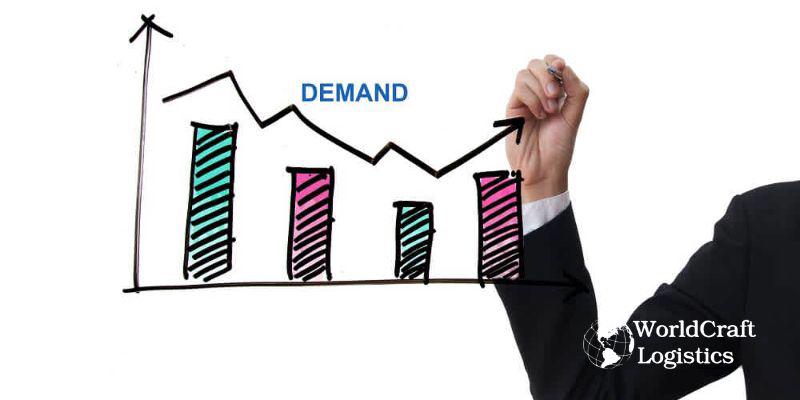
Demand forecasting isn’t merely about maintaining optimal inventory levels; it also empowers businesses to adjust pricing strategies based on demand dynamics.
Consider a scenario where a product is in high demand but with limited availability. Employing the scarcity principle, businesses can leverage this situation to offer exclusive deals at higher prices. Conversely, for products with surplus stock and minimal demand, strategies such as sales or bundling with other items can facilitate clearance from warehouses.
Moreover, pricing strategies can directly influence demand. Lowering prices or offering promotions can spur short-term demand surges, while slight price increases for scarce items can mitigate excessive demand beyond supply capacity.
By adeptly analyzing market trends and seizing opportunities, businesses can not only optimize pricing but also strategize for growth, implement effective ecommerce marketing techniques, and make informed investment decisions.
Numerous variables wield influence over demand, leading to its fluctuation. Though these factors may differ across businesses and industries, certain key drivers consistently shape the landscape of ecommerce demand.
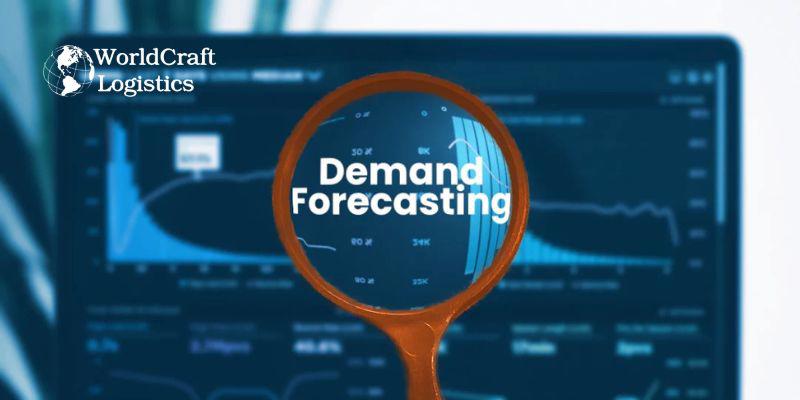
Seasonality, in business terms, denotes the fluctuations in order volume over a defined period. Brands with pronounced seasonality witness surges and declines in demand correlated with specific times, events, or seasons. For instance, a company specializing in grilling equipment may observe a surge in orders during summer months and preceding the 4th of July, aligning with increased grilling activity during this period and holiday celebrations.
Managing seasonal demand often necessitates businesses to adjust inventory levels during low-demand periods and scale up production and workforce capacity during peak times. This dynamic prompts many cyclically affected businesses to engage professional fulfillment partners for retail operations. These partners offer the flexibility to accommodate fluctuating demand, manage inventory, handle order picking and packaging, and execute shipping operations on behalf of the businesses they serve.
The impact of competition on demand is significant, driven by the abundance of choices available to consumers and the intensified competition among businesses seeking their patronage. Whether it's the emergence of direct competitors or innovative alternatives, competitive forces can disrupt demand dynamics. Adapting swiftly to such shifts is crucial, underscoring the importance of employing agile demand forecasting models to enable timely responses.
Forecasting demand varies significantly across products and services, spanning from perishable items with short shelf lives to subscription boxes delivered on a monthly basis.
Understanding the lifetime value of your customers, encompassing their cumulative purchases across various channels over time, along with the average order value and product combinations, is crucial for enhancing demand forecasting.
With this data, insights emerge on how to strategically group or bundle items, thereby enhancing recurring revenue streams. It also enables assessment of the impact of one SKU on the demand for another, such as the relationship between razor sales and blade cartridge refill purchases.
The geographic distribution of your customer base can significantly influence demand forecasts. Take, for example, an ecommerce enterprise selling snow shovels; regions prone to heavy snowfall are likely to exhibit heightened demand for such products.
By strategically forecasting demand across different geographical areas, businesses can effectively track customer locations and optimize product storage in regions where demand is highest, thus minimizing the need for shipping to distant destinations.
Manufacturing and shipping locations also play a pivotal role in shaping demand dynamics, particularly impacting delivery timelines. Consider a scenario where a brand fulfills orders from a sole distribution center located on the East Coast. Proximity to this center allows customers in the vicinity to receive their orders within a swift 2-day window, potentially fostering increased demand. Conversely, customers residing on the West Coast face extended delivery times, dampening their propensity to make purchases.
Predicting demand poses a formidable challenge. Balancing the need for adaptability to accommodate sudden surges while maintaining a strategic, forward-looking stance is crucial. Here are several pointers to aid your business in this endeavor.
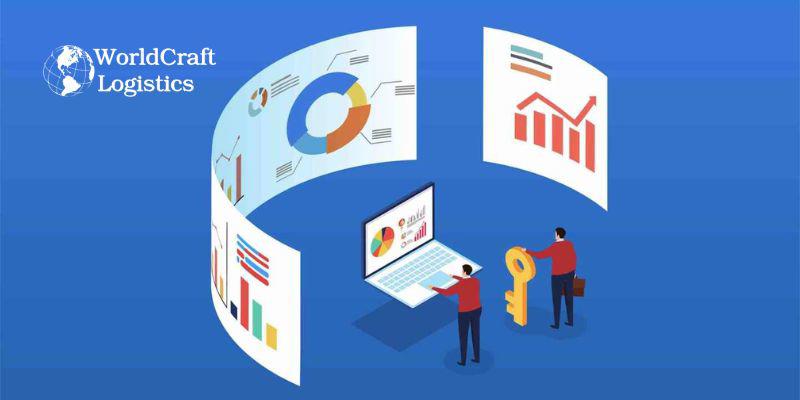
Demand forecasting serves a crucial function, anchored in its ability to anticipate customers' purchasing behaviors regarding what, how much, and when they will buy.
To initiate this process effectively, it's essential to delineate:
- The forecast's timeframe, such as the upcoming fiscal quarter
- The precise product or broader category under scrutiny
- The target audience and geographic scope, like customers residing in the northeastern region.
It's time to commence data collection with your parameters in place.
In addition to logging historical sales data such as order timestamps, included SKUs, and sales channel origins, you should monitor:
- SKU Velocity: the frequency of SKU selection over a defined period.
- Inventory Turnover Rate: the frequency of inventory replacement within a specified timeframe.
- Average Order Value (AOV): the mean expenditure per order.
- Return rate: the rate of SKU returns.
- Stockout rate: the frequency of SKU depletion to zero availability.
By consistently tracking these inventory metrics, your business gains the ability to forecast growth and trend projection with greater precision. Reflection on forecast accuracy against real outcomes becomes more insightful over time.
Supplementary data, including market conditions, obsolete stock, stockout frequency, and other order specifics, may be necessary. It is crucial to ensure the proper collection of data for the most dependable and precise forecasts.

Armed with pertinent data, the subsequent course involves dissecting it for discernible patterns, trends, and invaluable insights that could enhance forthcoming demand predictions. Begin by juxtaposing projected sales performance against actual sales figures. Whether executed manually or automated, this iterative data scrutiny typically serves as a straightforward approach for extracting insights pivotal in refining subsequent forecasts.
Establishing a feedback loop empowers you to refine subsequent forecasts, ideally enhancing accuracy, and adjust budget allocations in alignment with growth objectives. Precise demand forecasts yield substantial savings on inventory holding expenses, marketing investments, labor outlays, and production costs.
Demand forecasting is vital for brands, influencing inventory planning and supply chain optimization. Amid rapidly evolving customer expectations, accurate demand forecasting is essential. For an ecommerce fulfillment solution enhancing demand forecasting, explore WorldCraft. Discover how we replenish stock and deliver desired customer experiences. Request pricing for our fulfillment services below.
SEO
Digital Marketing/SEO Specialist
Simon Mang is an SEO and Digital Marketing expert at Wordcraft Logistics. With many years of experience in the field of digital marketing, he has shaped and built strategies to effectively promote Wordcraft Logistics' online presence. With a deep understanding of the logistics industry, I have shared more than 500 specialized articles on many different topics.

Education
01/05/2025

Education
02/18/2025

Education
01/01/2024

Education
08/28/2024

Education
11/13/2023